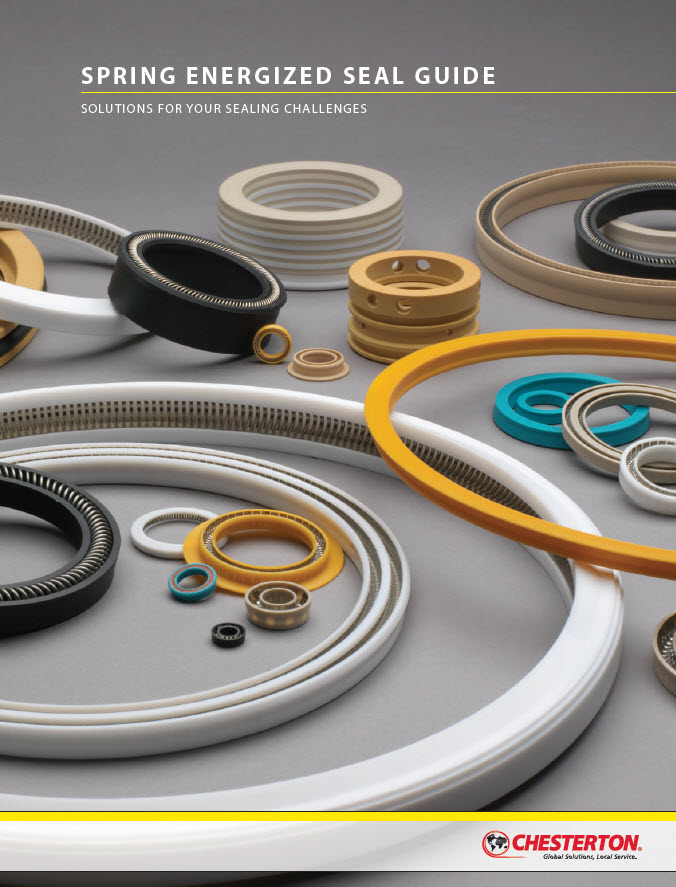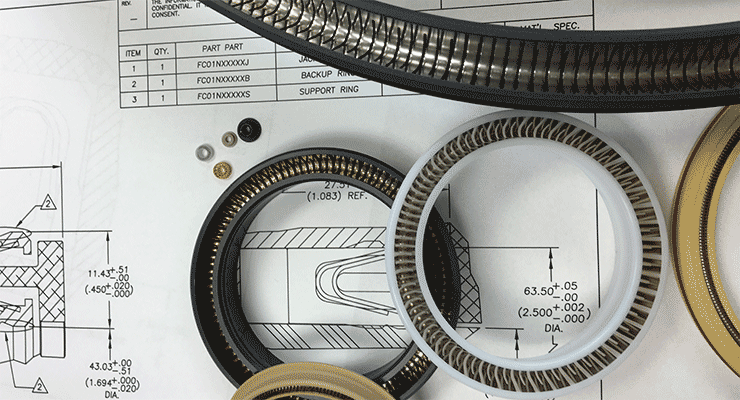
Spring energized seals provide durable and reliable sealing solutions in critical applications and under extreme operating conditions in different industries.
This seal design extends the operating limits of polymer-based seals by:
- Providing gas-tight sealing systems to end-users
- Helping to achieve fugitive emission reduction goals
- Meeting environmental regulation requirements
Spring energized seals are a highly reliable option when standard elastomer-based and polyurethane-based seals will not meet the operating limits, equipment parameters, or environmental conditions of your application. Even when a standard seal might meet basic needs, many engineers turn to spring energized seals for an added level of reliability and peace of mind.
Spring Energized Seal Design
Basic design parameters of spring energized seals: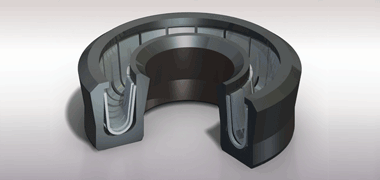
- Made from high-performance fluoroplastic compounds and engineered plastics that have outstanding physical and technical characteristics, but are rigid rather than flexible.
- Use springs to provide a consistent load throughout the circumference of the seal and create a leak-tight seal between the jacket and the hardware.
- Use system pressure to create an additional sealing force between the jacket and the hardware.
- In this combination, the spring forces the seal lips against the gland and rod surfaces, while pressure assists the spring force.
- The result: virtual leak-free sealing, high reliability, longer asset life.
When to Use Spring Energized Seals?
Outstanding physical features and technical characteristics make spring energized seals the ideal choice in wide variety of critical industrial equipment and applications.
Spring energized seals can be used in both dynamic and static applications. Dynamic applications cover reciprocating (linear), rotary, and oscillating movements or any combination.

Considerations when determining whether to use standard polymeric seals or spring energized seals include:
- Temperature (operating and ambient possible maximum/minimum)
- Operating pressure (what is not necessarily the maximum pressure in the system)
- Velocity (moving speed)
- Media (chemical compatibility: especially important in case of aggressive medias)
- Friction level and wear
- Environment (for example, abrasive conditions)
- Application and operation of the equipment
- Seal cavity configuration
- Shelf-life limitation
Where to Use Spring Energized Seals?
Spring energized seals are used in a broad range of rotary, reciprocating, oscillating, and stationary fluid power and material process equipment/systems.
Primary industrial areas for use include:
- Oil & Gas Industry (upstream and downstream)
- Aerospace
- Instrumentation
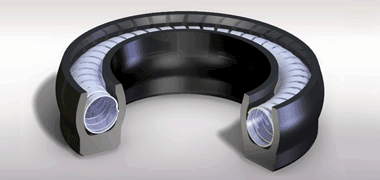
- Chemical processing
- Energy sector
- Medical
- Military
- Transportation
- Automotive
Sample: Oil & Gas Industry Applications
Focusing on the Oil & Gas Industry, typical spring energized applications are:
- Transfer systems:
- Couplings (connect/disconnect and breakaway)
- Swivel Joints
- Subsea equipment:
- Valves and Manifolds
- Flowmeters
- Hydraulic Couplings
- Pumps
- Exploration:
- Tools (drilling and downhole)
- Wellheads (surface and subsea)
- Floating production:
- Turret Swivels
- Offshore Platforms:
- Pumps
- Compressors
Application-related challenge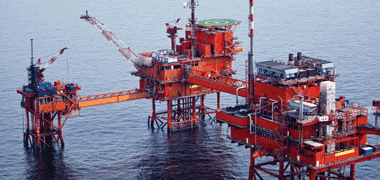 s:
s:
- Cryogenic temperature
- Rapid gas decompression
- High pressure and/or high temperature
- Aggressive chemicals
- Harsh environment
- Low fugitive emissions
How Do Spring Energized Seals Work?
Spring energized seals are generally manufactured from high-performance fluoroplastic compounds and engineered plastics.
Typical material grades are:
- PTFE (virgin and filled versions)
- PEEK compounds (unfilled and filled versions)
These materials have outstanding physical and technical characteristics, but they are not elastic. They are better characterized as rigid. That is the reason why different type of springs must be used to mechanically energize the seal lips. So the technical term “Spring Energized Seal” reflects on the design/construction of the sealing device, where the spring compensates for polymer materials with low memory/elasticity.
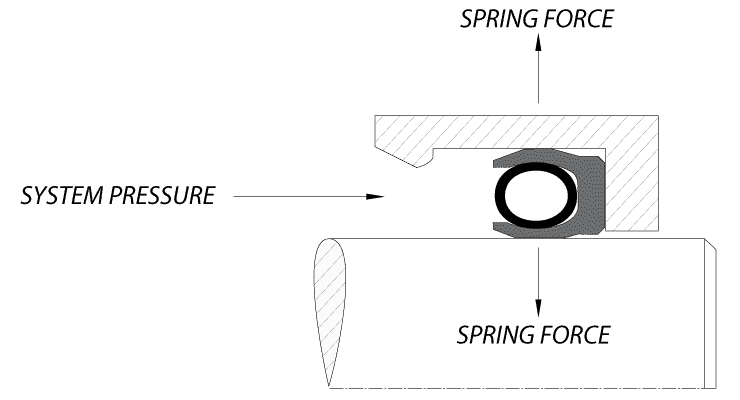
Sealing Forces of a Spring Energized Seal:
- When the seal is installed into the seal cavity, the seal lips and spring energizer are deformed/compressed in radial direction.
- The spring energizes the jacket, providing resilience to lips (pushing the the seal lips out) and resulting in an effective sealing device in dynamic and static applications. This creates gas-tight sealing against the counter surfaces.
- Further, the radial tension (created and maintained by the spring in the seal jacket) keeps the sealing lips in contact to the counter surfaces (even before the system pressure is applied, providing good low pressure sealing capability)
- When system pressure is applied, the spring action is intensified. This increases the sealing force on the seal lips, improving the sealing efficiency. That is why the radial tension is always higher than the pressure to be sealed.
This tension can also compensate for:
- Moderate equipment deformation
- Deflection eccentricity cause by possible misalignment
- Manufacturing tolerances and clearances
- Wear out, and thermal expansion and contraction.
The spring can help compensate the wear of dynamic seal lips, too.
Seal Jacket Materials
The seal jackets in s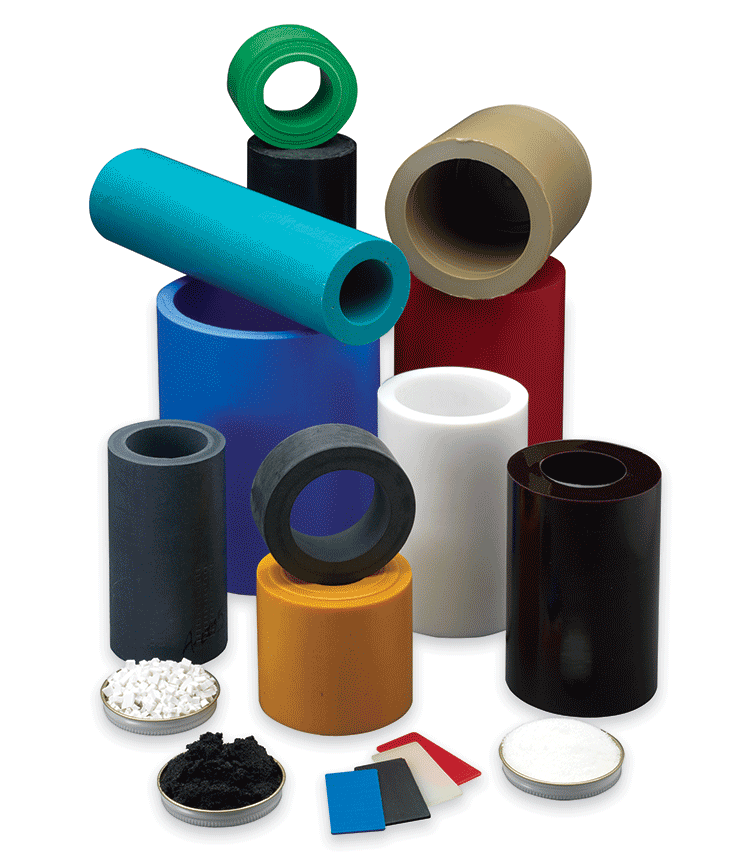 pring energized seals are made of various high-performance materials:
pring energized seals are made of various high-performance materials:
- Fluoroplastic compounds
- Engineered plastics such as UHMWPE, PEEK, TPE, PCTFE, etc.
The Benefits of Fluoroplastic Seal Jackets
Fluoroplastic (i.e., PTFE-based) materials are the most commonly used seal jacket material. They have outstanding physical and chemical features combined with moderated cost and good machine-ability.
With usage of different fillers, properties of PTFE compounds can be improved further related to seal performance (such as tensile strength, wear resistance, etc.). But not all properties can be increased significantly. Filler content is typically between 5% and 40% by weight.
Typical fillers:
- Bronze
- Glass fiber and/or Molybdenum disulphide (MoS2)
- Graphite and/or carbon
- Ceramics and mineral oxides
- Stainless steel
- Other additives to meet specific requirements.
The advantages of PTFE compounds include:
- Extremely wide temperature tolerance: -268°C to over +260°C
- Temperature cycling resistance (material degradation, heat aging)
- Lowest coefficient of friction for a seal material
- Dry running capability
- High surface speed capability
- High PV factor ( as an average PV of up to 150,000 in non-lubricated applications)
- Resistance to virtually every known chemical and solvent.
- No chemical swell when subjected to moisture or fluids
- Does not support combustion or spread of flame
- Excellent weatherability
- Wear resistance
Material Temperature Limits:
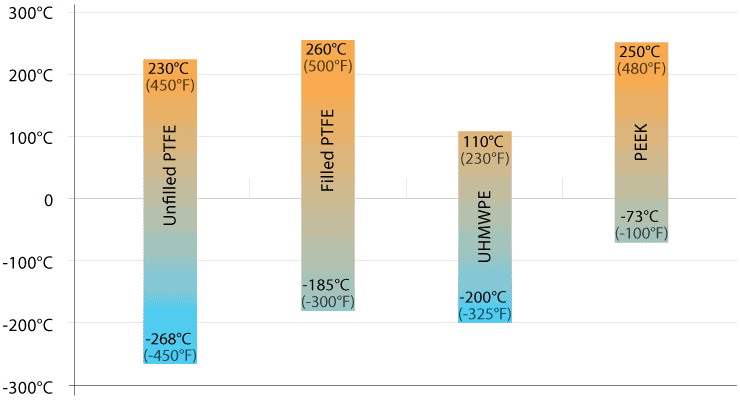
Pressure-Velocity (PV) Factor:
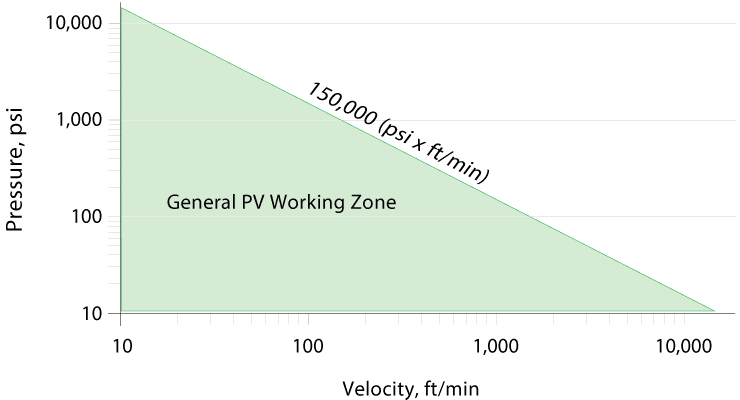
Spring Types
As it was described earlier, the main function of the spring energizer is to provide a radial force at the seal jacket sealing points when installed into the seal cavity. This feature compensates for materials with low memory/elasticity. In addition, the spring energizer adds flexibility to the jacket sealing points to compensate for eccentricity and material wear out as well.
Spring energized seals are available with a variety of spring energizers, each with different mechanical characteristics to meet specific application requirements.
There are several factors that guide the spring selection:
- Surface speed
- Frictional load and friction
- Wear
- Operating temperature
- Sealability
- Equipment and operation factors
As an example, the frictional load generated by the seal is a direct result of the radial load of the selected spring, pressure load of the system, and the coefficient of friction of the material selected. So the spring load can be tailored to meet special low friction requirements in dynamic applications. Extremely high spring load might be required for low temperatures or cryogenic sealing applications. It will compensate for thermal contraction of the seal jacket that provides tight sealing.
The most typical spring designs used in spring energized seals:
- Continuous Contact Spring (A)
- Cantilever Spring (B)
- Helical Wound Spring (C)
- Elliptical Coil Spring (D)
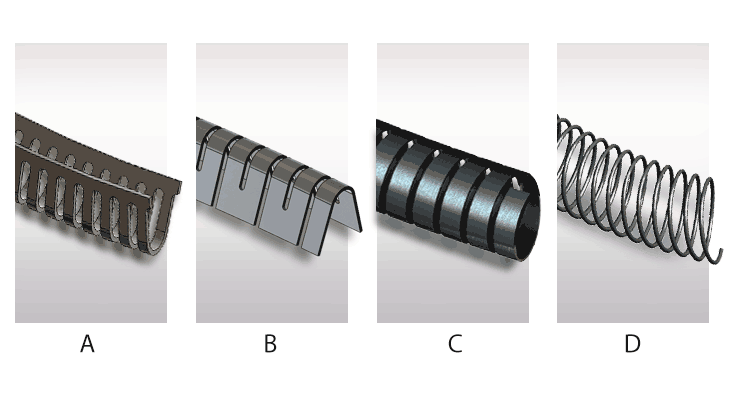
Different spring types have different spring characteristics, described by the Displacement/Load ratio. The typical spring characteristic curves of each spring type are demonstrated by following chart:
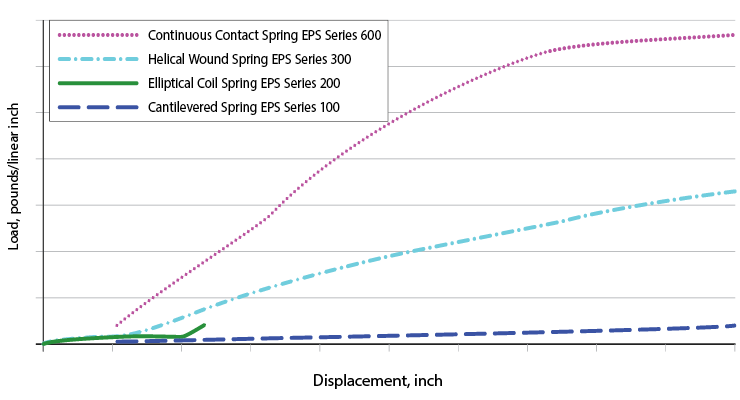
Due to the wide range of media/fluids and operating conditions/temperatures, a variety of spring materials are utilized such as 300 Stainless Steel Series (SS) 301, 302, 304 and 316. In case of more critical applications, special materials are offered : Inclonel®, Elgiloy® and Hastelloy®.
Meeting the Demands of Complex Processes
As new industrial technologies and manufacturing processes require more extreme parameters and operating conditions, spring energized seals are being used more as the optimal sealing solution in reciprocating, rotary and oscillating applications.
Increased production and equipment demands in the form of higher temperatures, higher speeds, extreme pressure and environment, fast gas decompression and aggressive medias make applications much more critical. In turn, these parameters apply excessive demands for standard seals and polymeric and poly-based seals material which have inherent rigorous physical limitations.
If you would like assistance selecting the best spring energized seal solution for your specific critical application, view our Fluid Power Equipment seal offerings or contact our Ask the Expert desk.
For more information on how to choose spring designs and materials for specific applications, download the Chesterton Spring Energized Seals Guide. Learn more.
